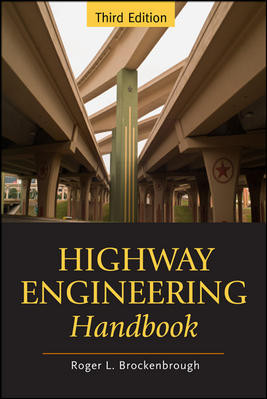Transit Construction Goes Full Steam Ahead in India

Contracting team completed a tunneling drive using an earth-pressure balanced TBM earlier this month.
Photo courtesy of Afcons
As Delhi Metro Rail Corp Ltd. (DMRC) completes its 22nd year, with twelve metro lines traversing 392 kilometers and 288 stations in operation, it is steaming ahead with three of six Phase IV projects covering 65 km and 45 stations across three priority corridors. More than half of construction is completed, with a deadline of March 2026.
In early December, the federal government approved further construction of a 21-station, 26.46- km extension of the Red Line, taking Phase IV's total length to over 112 km. Approval has also been given for two additional 20.762-km corridors.
The $3-billion priority corridors of Phase IV Mukundpur-Maujpur, Janakpuri-R.K. Ashram and Aerocity-Tughlakabad are funded by the state Government of Delhi, Government of India and a loan from the Japan International Co-operation Agency (JICA). In December 2023, DMRC awarded Hill International a contract to provide project management services for the priority corridors of Phase IV of the Delhi Mass Rapid Transit System (MRTS). The scope of work includes civil engineering on both elevated and underground sections. Hill also provides project management for installation of signaling, telecommunications, traction power supply systems, rolling stock depots and an operations control center, according to a press statement.
This month, Mumbai-based Afcons Infrastructure Ltd, a Shapoorji Pallonji Group company, completed the longest tunneling drive of Phase IV, a 2.65-km stretch between the Tughlakabad Airforce and Maa Anandmayee Marg station on the Tughlakabad-Aerocity corridor using a 105-m long tunnel boring machine (TBM) at a depth of 16 m. Frequent cutter replacements were required to bore through the hard rock. “The tunnel drive alignment was planned to avoid passing beneath heritage structures,” S Paramasivan, MD, Afcons Infrastructure, told local media.
Tunneling posed significant challenges, including relocation of a sewer line. The tunnel has been built using EPBM (Earth Pressure Balancing Method) with a concrete lining made of around 1,894 precast tunnel rings with an inner diameter of 5.8 m cast at a mechanized casting yard. The concrete segments were cured with a steam curing system to achieve early strength. Work on the parallel tunnel is expected to start in January.
“TBMs are particularly useful for underground tunneling work in congested urban areas…...In Phase 3 for instance, 50 km of underground sections were built using 30 TBMs,” says Anuj Dayal, principal executive director with DMRC.
Phase V, in the planning stage, aims to connect the entire Delhi region to cities in neighboring states. Collectively known as the National Capital Region, it is a rural-urban region with a population of 50 million including Noida in the state of Uttar Pradesh, where a new airport is being built. A proposal to construct a 5-km corridor between the Noida International Airport and Delhi's Indira Gandhi International Airport is being considered, an official told ENR.



